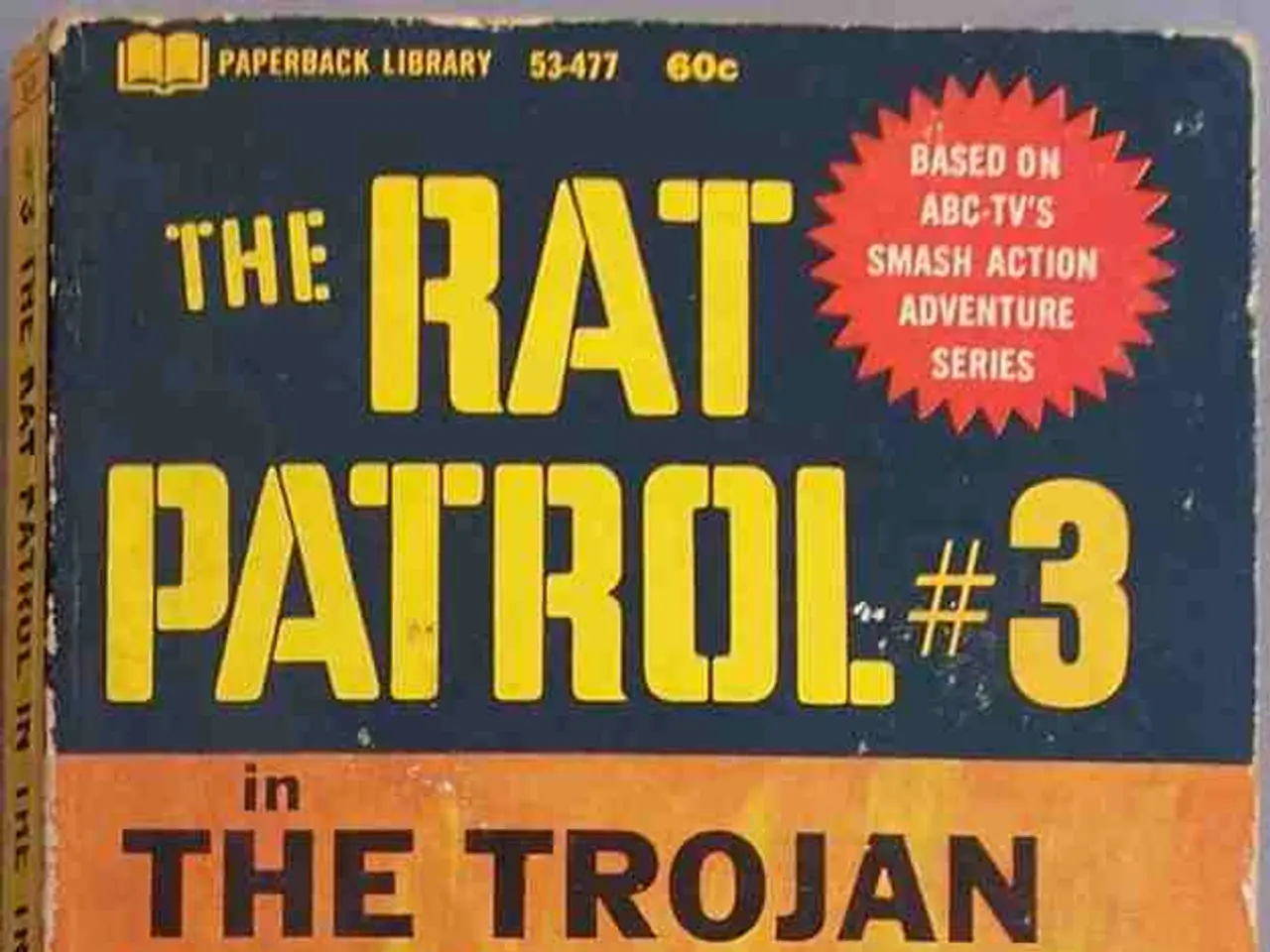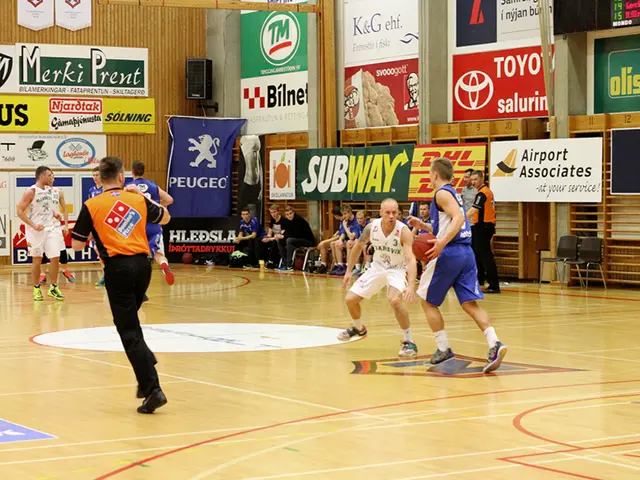Tank deployments from the Soviet era by Putin continue despite the negotiations in Alaska, heading towards the Ukrainian conflict.
In the ongoing conflict in Ukraine, the Russian army is facing a critical shortage of modern tanks, leading to the reactivation of older T-72A tanks from storage. These tanks, primarily sourced from bases 349 and 2544, are in poor condition and require extensive refurbishment to return to service [1][3].
The depletion of primary tank reserves from storages like the 1311 Central Tank Storage is expected to be completed by the end of 2025. With the exhaustion of newer tanks, Russia will rely on the aging T-72A tanks from these storage bases, holding 586 and 215 units respectively [1].
The return of approximately 1,000 rusty T-72A tanks from Siberia to active service is a clear indication of Russia's reliance on these older tanks due to catastrophic losses and dwindling newer tank stocks [3]. These older variants, including the T-72A, are generally less capable than frontline modern tanks like the T-90M, which Russia is increasing production of but still at a limited rate, estimated at 250-300 units per year [2].
The general pace of Russian tank operations and losses has decreased in mid-2025, suggesting either a more cautious use of limited tank resources or reduced operational capability due to losses and mechanical issues [4]. Russia's military-industrial and economic constraints, including heavy defense spending strain and sanctions, further limit large-scale upgrades or rapid replenishment of modern tank forces [5].
Meanwhile, the conflict in Ukraine continues to escalate. Ukrainian President, Volodymyr Zelensky, has warned of a potential Russian offensive on three fronts: Saporishshya, Pokrovsk, and Novopavlivka. Despite this, Zelensky has ruled out withdrawing troops from the Donbass region, fearing it would give the Russians a foothold to prepare for an offensive [6].
The conflict has also taken a toll on Russia's oil industry. On August 10th, Ukrainian drones attacked an oil refinery in Saratov, causing significant damage [7]. The economic impact is further evidenced by Gazprom's need to increase gas prices due to low revenues from oil and gas sales [8].
Despite the summit between Donald Trump and Vladimir Putin in Alaska, Russia's offensive in Ukraine continues mercilessly. On Tuesday, Russian forces made a territorial gain of approximately 110 square kilometers, moving at speeds of 60 km/h on roads and 45-50 km/h on terrain [9].
As the conflict continues, the reactivation of T-72A tanks serves as a stark reminder of Russia's strained tank resources and the "de-mechanization" of its forces, reflecting serious attrition of Russia’s armored capabilities in the Ukraine war. Their performance is significantly less effective compared to modern Russian tanks, but they remain a vital stopgap due to insufficient new production and battlefield losses.
[1] RIA Novosti [2] TASS [3] The Drive [4] Military Watch Magazine [5] Bloomberg [6] Reuters [7] BBC News [8] CNBC [9] The Kyiv Independent
Politicians and the general public are increasingly concerned about war-and-conflicts as the reactivation of older T-72A tanks from storage, due to a critical shortage of modern tanks, suggests a reliance on outdated equipment in politics and military strategy. Concurrently, politics and general news are rife with discussions about Russia's ongoing war in Ukraine, its tank operations, and economic hardships, particularly in the oil industry.







